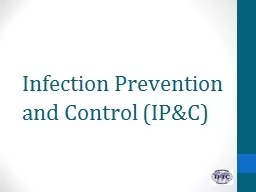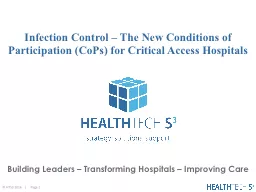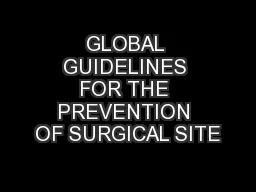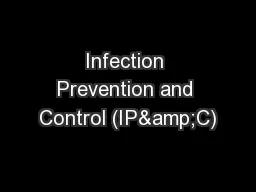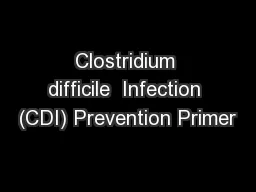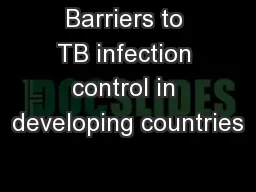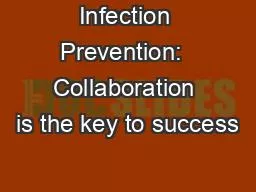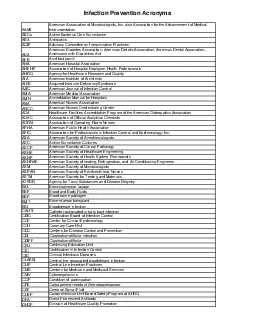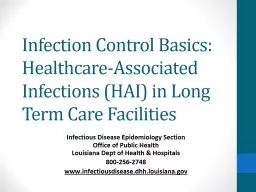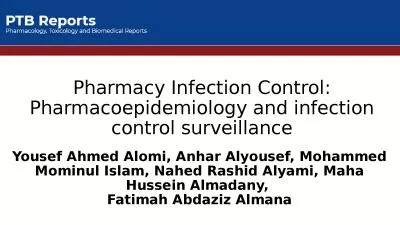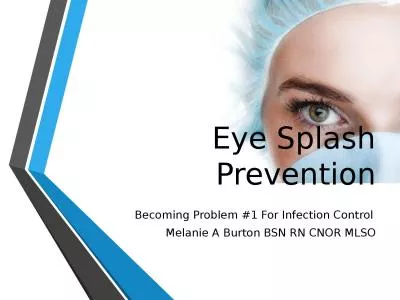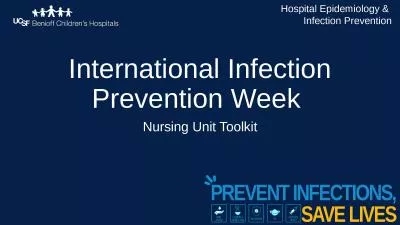PDF-Guidelines on Infection Prevention and Control 2012
Author : amber | Published Date : 2022-08-22
In conjunction with Mary Thompson CNM3 and Brigid Quaid CNM3 Occupational Health Department Dr Fiona Ryan and Dr Ann Sheehan Department of Public Health Dr Bartley
Presentation Embed Code
Download Presentation
Download Presentation The PPT/PDF document "Guidelines on Infection Prevention and C..." is the property of its rightful owner. Permission is granted to download and print the materials on this website for personal, non-commercial use only, and to display it on your personal computer provided you do not modify the materials and that you retain all copyright notices contained in the materials. By downloading content from our website, you accept the terms of this agreement.
Guidelines on Infection Prevention and Control 2012: Transcript
Download Rules Of Document
"Guidelines on Infection Prevention and Control 2012"The content belongs to its owner. You may download and print it for personal use, without modification, and keep all copyright notices. By downloading, you agree to these terms.
Related Documents


